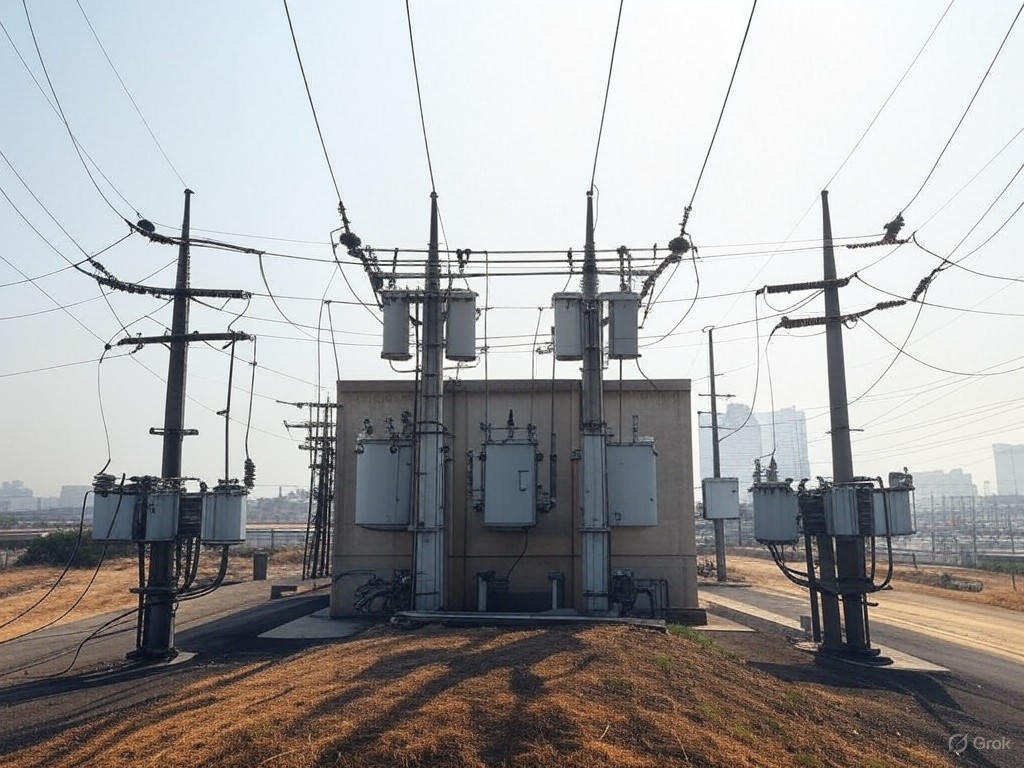A relentless heat wave sweeping across the United States has pushed the Southeast region into a critical power emergency, as declared by federal authorities. With temperatures soaring to unprecedented levels, the strain on the electrical grid has reached a breaking point, leaving millions at risk of blackouts and highlighting the fragility of the nation’s energy infrastructure. This crisis, unfolding in the summer of 2025, serves as a stark reminder of the challenges posed by extreme weather in an era of climate uncertainty.
The Southeast, known for its humid summers, is experiencing heat indices well above 100 degrees Fahrenheit, driving up demand for air conditioning and other cooling systems. Power utilities, already grappling with aging infrastructure, are struggling to keep pace with the surge in consumption. Reports indicate that several states, including Georgia, Alabama, and South Carolina, are implementing rolling blackouts to prevent total grid failure. Residents have been urged to conserve energy by limiting appliance use during peak hours, while emergency cooling centers have been established to protect vulnerable populations, such as the elderly and those without access to air conditioning.
This emergency declaration from the federal government unlocks critical resources, including funding for temporary power solutions and coordination with national energy reserves. However, experts warn that these measures are only a short-term fix for a much larger problem. The increasing frequency of extreme weather events, coupled with decades of underinvestment in grid modernization, has left the US ill-prepared to handle such crises. Energy analysts point to the need for robust upgrades, such as integrating renewable energy sources and enhancing grid resilience through smart technology. Without these changes, they argue, the country risks recurring emergencies as climate patterns grow more unpredictable.
Businesses across the Southeast are feeling the impact as well. Retailers, manufacturers, and data centers are facing operational disruptions due to power shortages, with some companies reporting significant financial losses. Small businesses, in particular, are struggling to cope without backup generators, while larger corporations are reevaluating their energy strategies to mitigate future risks. The economic ripple effects could extend beyond the region if the crisis persists, potentially affecting national supply chains and consumer confidence.
As the heat wave shows no immediate signs of relenting, the Southeast power emergency underscores a critical juncture for energy policy in the United States. It raises urgent questions about how the nation will adapt to a warming world and whether current systems can withstand the pressures of tomorrow. For now, communities are banding together, sharing resources, and bracing for the days ahead, hoping for relief—both from the weather and the strain on their power supply. This situation is a call to action for policymakers, businesses, and citizens alike to prioritize sustainable energy solutions before the next crisis strikes.
